When growing flowers, the most important thing is watering. Most yellow leaves and root rot are caused by improper watering. But some flower lovers asked, how should we water them? Watering flowers is different in different seasons, because the humidity and temperature are different in each season. Only by following the rules can we water them appropriately and make the flowers grow quickly!
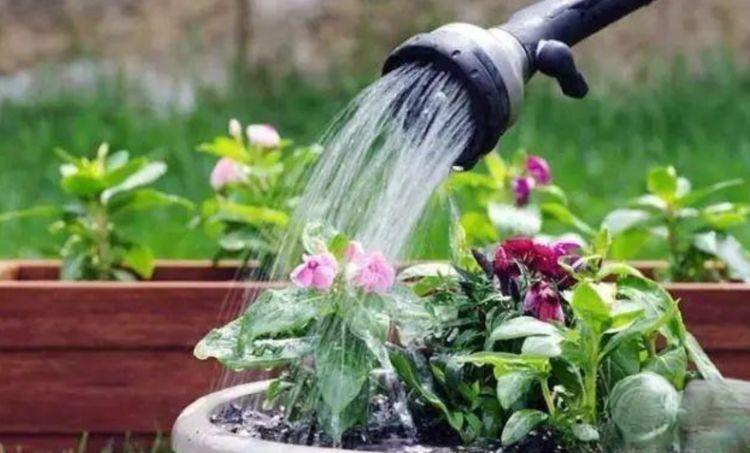
1. Spring watering
Spring and autumn are the most suitable seasons for flower growth, with suitable temperatures. However, there are some differences between spring and autumn, which is that the early spring still has the chill of winter, and the temperature is relatively low in the morning and evening. At this time, you should pay attention to watering. In early spring, the weather gradually becomes warmer, so watering should be increased gradually. It is best to water around 10 o'clock in the morning, and try not to water at night, so as to avoid the excess water from evaporating in time and causing diseases and insect pests.
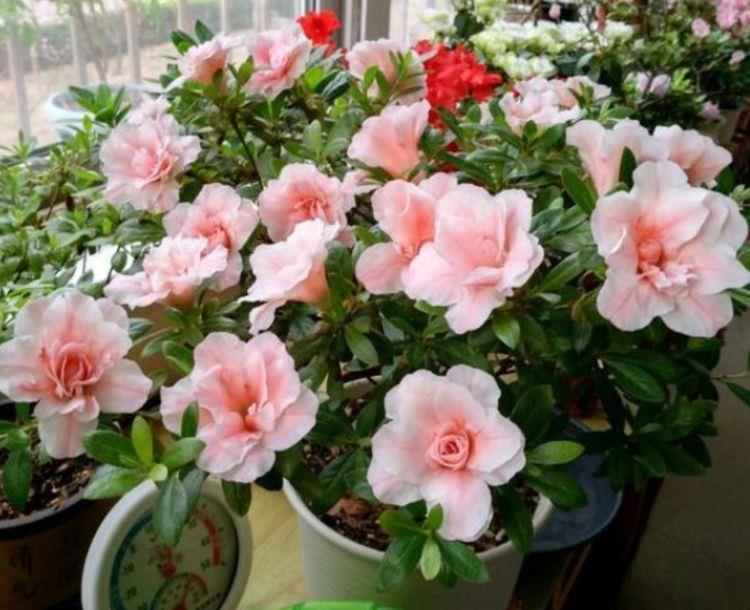
Spring is the peak season for flower growth. Water the flowers when the soil is dry and when it is wet. Generally, water the flowers when the soil is dry to the lower half. Do not wait until it is completely dry before watering, as this will affect their growth. But no matter which season you water the flowers, do not water them when the surface is still wet. This will cause root rot if the flowers are kept in a wet state for a long time. Flowers can only grow well if they are allowed to alternate between dry and wet.
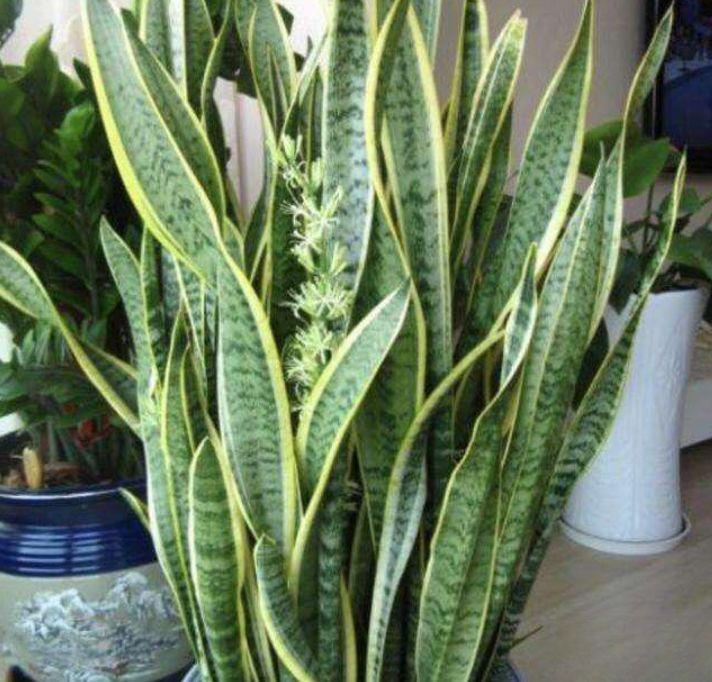
2. Watering in summer
The weather is hot in summer, and water evaporates very quickly, so a large amount of water is needed. At the same time, the dry-wet cycle of the potting soil will also be greatly accelerated. At this time, the general watering frequency is much higher.
Of course, there are also some requirements for watering in summer. There are two types of summer flowers. Some plants like light and heat. They grow fast and bloom more in summer. Such plants need to be watered more. Generally, when the surface of the potting soil is dry, they should be watered in time, and water should be sprayed on the leaves every day so that they can grow well and the leaves will not wilt.
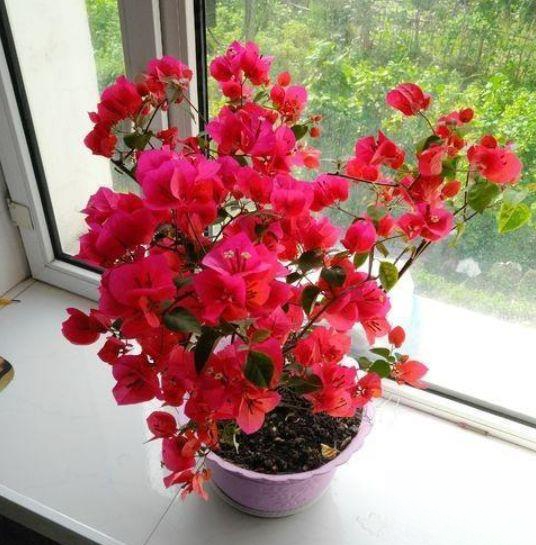
There is another kind of flowers that are in a dormant state because the weather is too hot. Such plants should not be watered too much. Generally, they should be watered when the soil in the pot is dry. Because the flowers themselves hardly need much water, only the weather evaporates the moisture in the soil in the pot. Therefore, you must not water them frequently, otherwise the roots will rot.
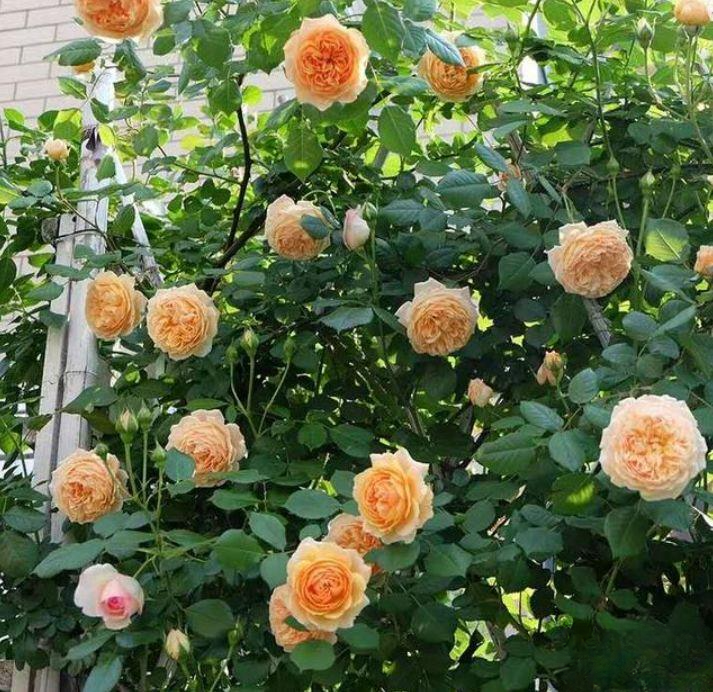
3. Watering in autumn
Autumn is also the season for flower growth, and the weather in early autumn is still hot. Watering is not as frequent as in summer, but you should also pay attention to the frequency of watering. This is the peak growth and flowering season for flowers, so there must be sufficient water. Generally, when the soil in the pot is dry 2-3cm, you need to water it to meet its rapid growth needs.
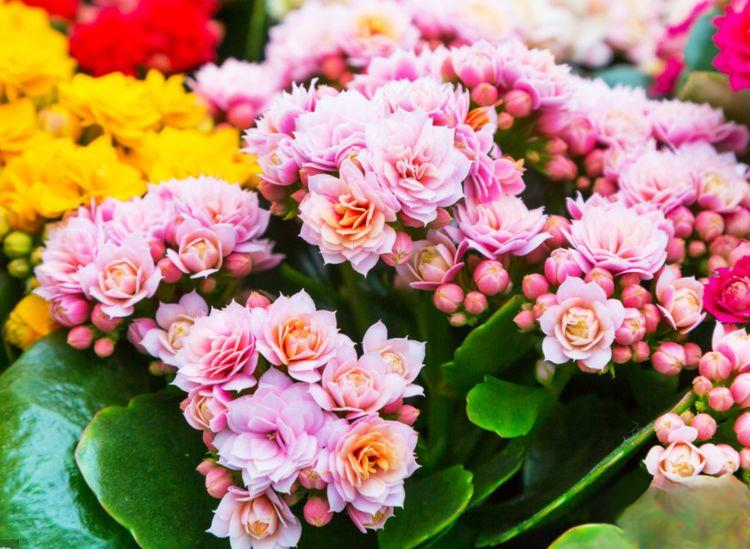
4. Watering in winter
The temperature is relatively low in winter, so the frequency of watering should be relatively low. Especially for plants that hibernate in winter, they must be watered when they are completely dry. Do not put them in a dark place, otherwise they are more likely to rot and turn yellow. For flowers that grow and bloom in winter, watering should be kept up. Generally, watering should be done when the pot soil is half dry. There are many plants that bloom in winter, such as Kalanchoe, Christmas cactus, Clivia, and Cymbidium. They must be given sufficient water to avoid affecting flowering.
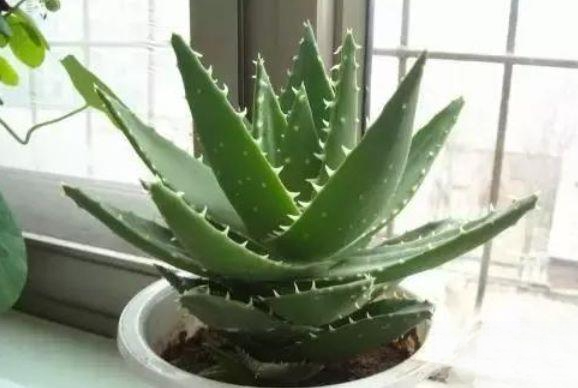
As long as you master the rules of watering flowers in all four seasons, you can grow any flower well, no more yellow leaves and rotten roots, and the flowers will grow rapidly!
If you flower lovers find this article useful, please like, follow and share it below. If there are any deficiencies, please leave your valuable comments. Thank you!
This article is an original work of "Flower Pots" and may not be reproduced without authorization.






